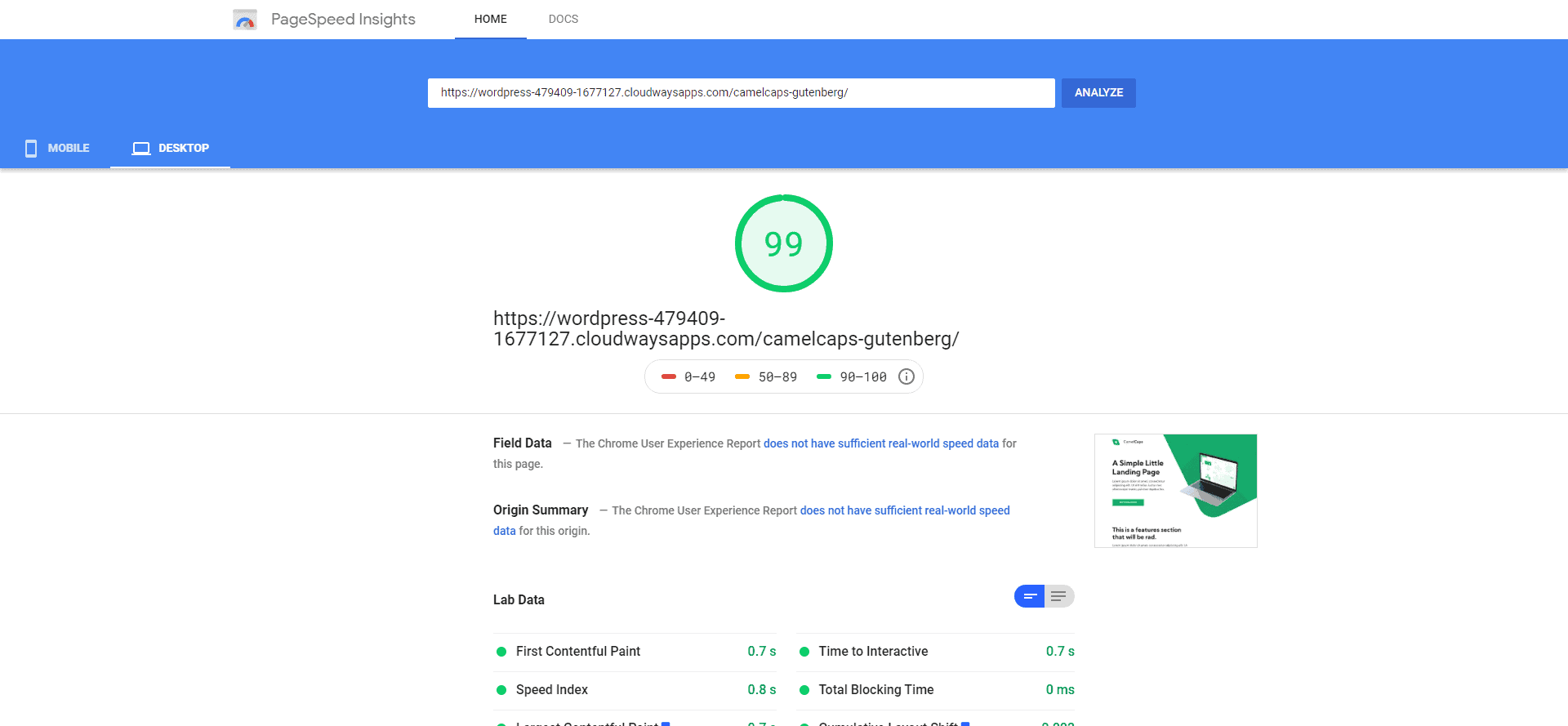Programming languages are very many, programs and tools that allow you to edit and modify them much more than the programming languages themselves, if it is correct, and the free ones that do not live up to the hope of programmers and the paid price and cost is very high, in addition to the very limited advantages that do not amount to dealing with all programming languages at the same time One!
So it is rare and impressive that one finds a program that contains everything he wants with a simple interface free from any complexity and advertisements and completely free, then the user will fly with joy and pleasure and will not give his joy to anyone because these distinctive programs cannot be found easily, but after a long and bitter search in the Internet sea Vast and full of lies.
Fortunately with us today is one of these programs that you will not find unparalleled in advantages, speed, ease and comprehensiveness in the field of programming, coding, editing and modification of many programming languages if not all of them, which is the simple, light and free CodeLobster IDE program as well, so that we immediately know what it can do.
What CodeLobster allows you to do?
Simply this program allows you to edit PHP, HTML, CSS and JavaScript files and highlights the syntax and gives hints for tags and functions and their parameters, and this editor also easily deals with files that contain mixed content, if you insert PHP code in the HTML template, the editor will highlight both HTML tags and PHP functions.
The program includes an auto-complete function that speeds up the work of the programmer to a large extent and eliminates the possibility of errors occurring, which is desired by many programmers after mastering a language, the speed of work is very required in the age of speed that we live with today, and it also provides contextual help on all supported programming languages and uses documents The most recent at the moment and downloads it from the official sites.
So we can quickly get a description of any HTML tag, CSS attribute, PHP or JavaScript function via F1, and the built-in PHP debugger allows you to execute scripts step-by-step and go sequentially through lines of code, and you can set checkpoints, display the looping process and monitor the values of all Variables during script execution.
Other useful IDE functions and features you should know about
Highlight the brackets and tags, meaning that you will never have to calculate the parentheses or quotes and the editor will take care of them for you, highlighting the blocks, choosing code snippets and bookmarks to facilitate navigation in the edited file and learn about the entire structure of the projects and build them.
The program supports 17 languages for the user interface, including English, German, Russian, Spanish, French, and others, and this giant works on any system that you may think of, such as Windows in all its versions, Mac and Linux with all its basic and popular distributions such as Ubuntu, Fedora and Debian as well.
It does not stop there, but rather offers more
The Professional edition of CodeLobster IDE provides the programmer with more advantages: For example you have the opportunity to work with projects on a remote server using the built-in FTP client, you can edit the selected files, preview the results, and then synchronize the changes with the files on the hosting.
In addition to the above, the professional version includes a wide range of plug-ins: Full support for JavaScript application libraries such as jQuery, Node.js, AngularJS, BackboneJS, VueJS, and MeteorJS, CodeLobster IDE also has a Bootstrap plugin.
A wide range of plugins that help work with PHP frameworks - CakePHP, CodeIgniter, Laravel, Phalcon, Smarty, Symfony, Twig and Yii, and plugins for working with the most popular CMS such as Drupal, Magento and WordPress.
In conclusion, did the program get its description?
I do not think that the answer will be yes because such programs will only know their importance with the slightest idea of programming and web languages and how to closely deal with them, so we invite you to download the program from its official website and explore it because of its great importance and exciting advantages that have been absent from our mention of this .
In general, for a year of work, the program team did not have any complaints against this giant editor in its mighty specifications, as it was and still works with unparalleled speed and smoothness and does not crash and allows the programmer to work even with large PHP projects, meaning that the possibility of facing problems is very small .
http://www.codelobster.com/






